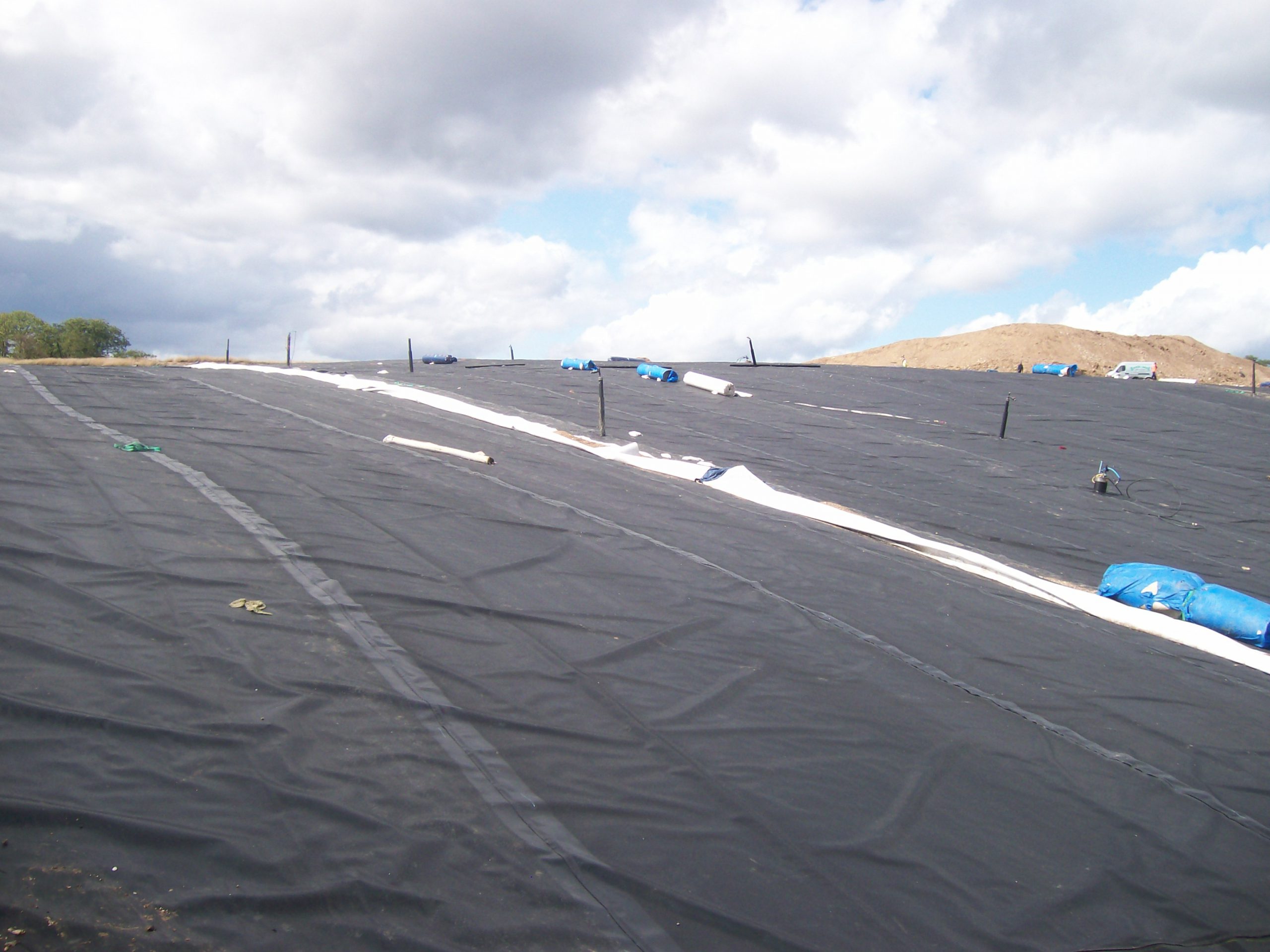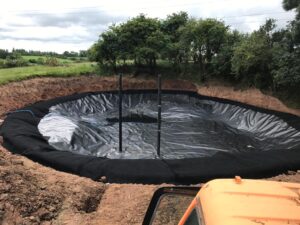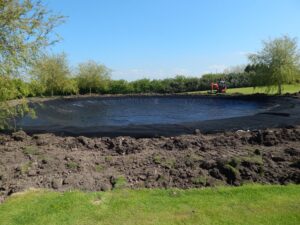Cell lining for landfill waste cells offers essential benefits in waste containment and environmental protection. It involves the installation of lining systems to prevent contaminants from leaking into the soil and groundwater.
Preventing Contamination:
Cell lining acts as a protective barrier, preventing hazardous substances and leachate from seeping into the surrounding soil and groundwater. This containment reduces the risk of environmental contamination and protects vital water sources.
Groundwater Protection:
Effective cell lining systems safeguard groundwater, preventing the infiltration of harmful chemicals or pollutants from waste materials. This preserves the quality of groundwater, which is crucial for drinking water supplies and ecosystem health.
Minimising Leachate Production:
The installation of cell lining helps minimise leachate production by creating a barrier that restricts the movement of liquids through the waste. This reduction in leachate mitigates potential environmental impacts.
Preservation of Soil Quality:
By preventing waste seepage, cell lining systems preserve the integrity of soil in and around landfills, ensuring that soil remains fertile and free from contamination.
Environmental Conservation:
Cell lining contributes to environmental conservation by reducing the release of harmful substances into the environment, minimising the ecological impact on surrounding ecosystems.
Compliance with Regulations:
Adopting cell lining in landfill waste cells ensures compliance with environmental regulations and standards, meeting requirements set forth by regulatory bodies for waste containment and environmental protection.
Long-Term Environmental Impact Mitigation:
Cell lining systems have a lasting impact, minimising the long-term environmental consequences associated with improper waste disposal, ensuring that landfills are managed responsibly.
Mitigating Health Risks:
Proper containment of waste through cell lining mitigates health risks associated with exposure to hazardous waste materials, safeguarding the health of nearby communities and landfill workers.
Enhancing Safety and Security:
Cell lining systems enhance the safety and security of landfill waste cells, reducing the risk of potential accidents, spills, or leaks that could harm the environment or public health.
Promoting Sustainable Waste Management:
The implementation of cell lining aligns with sustainable waste management practices, contributing to responsible waste containment and minimising environmental impact.
Future Land Use Consideration:
Cell lining supports future land use considerations by ensuring that landfills can be managed effectively, allowing for potential repurposing or redevelopment of sites once they reach capacity.
Community and Stakeholder Confidence:
Adopting cell lining systems demonstrates a commitment to environmental responsibility, instilling confidence among local communities and stakeholders regarding landfill waste management practices.
In conclusion, cell lining for landfill waste cells plays a crucial role in containing waste and preventing environmental contamination. These systems are instrumental in protecting groundwater, preserving soil quality, and mitigating environmental risks associated with waste disposal. Implementing effective cell lining measures in landfill operations represents a vital step toward responsible waste management and environmental protection.
To find out more about our products and services and how we can help you, please contact us using the below –
Tel: 01695 228626
Email: enquiries@enviroseal.co.uk





